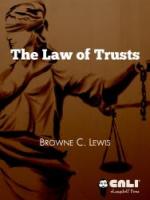Author of the Week: Ruthann Robson
Ruthann Robson, is Professor of Law & University Distinguished Professor. She is the author of Dressing Constitutionally: Hierarchy, Sexuality, and Democracy (2013), as well as the books Sappho Goes to Law School (1998); Gay Men, Lesbians, and the Law (1996); and Lesbian (Out)Law: Survival Under the Rule of Law (1992), and the editor of the three volume set, International Library of Essays in Sexuality & Law (2011). She is a frequent commentator on constitutional and sexuality issues and the co-editor of the Constitutional Law Professors Blog. She is one of the 26 professors selected for inclusion in What the Best Law Teachers Do (Harvard University Press, 2013).









